Cherry Blossoms And the Rest of the Story
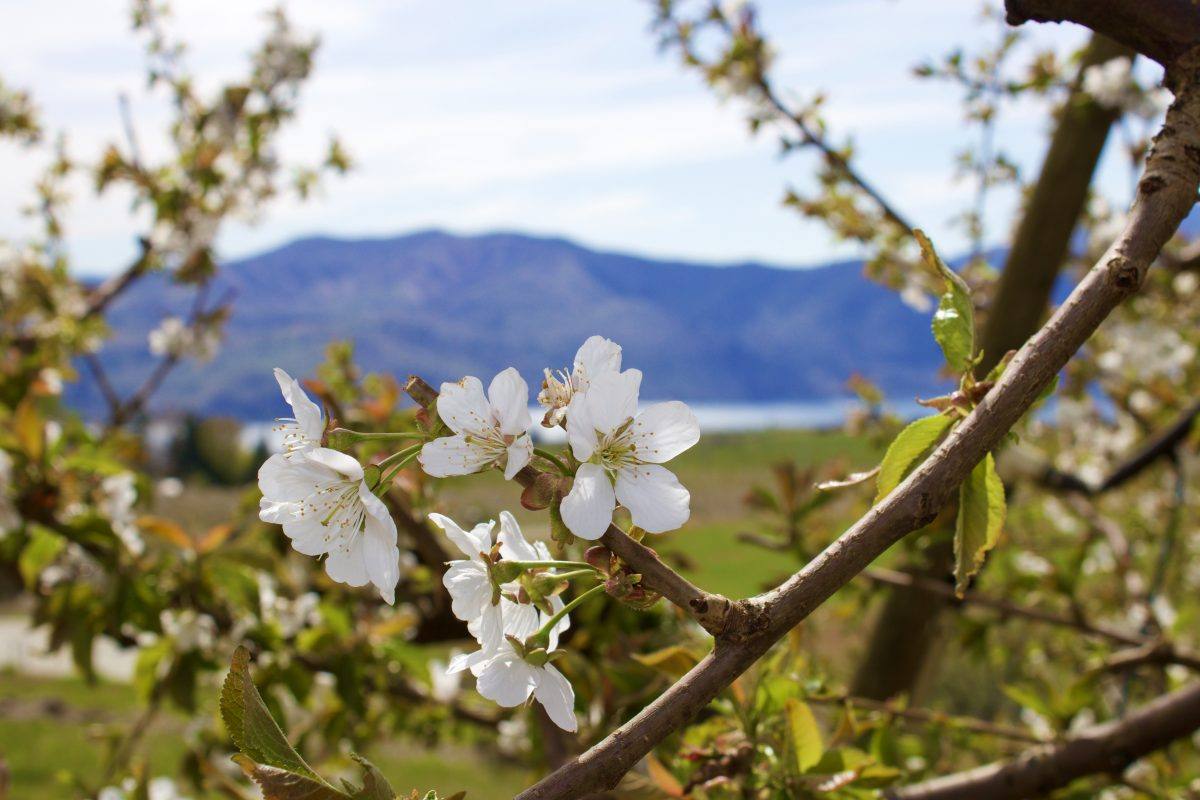
As humans, we have a story this spring to share with generations about our fight with Corona. Our cherry orchard has another story about the kind of nights we’ve had over the same period. As I peek through the branches to the bright shining waters of our beautiful lake, it’s hard to imagine there’s a problem with humans or tree fruit.
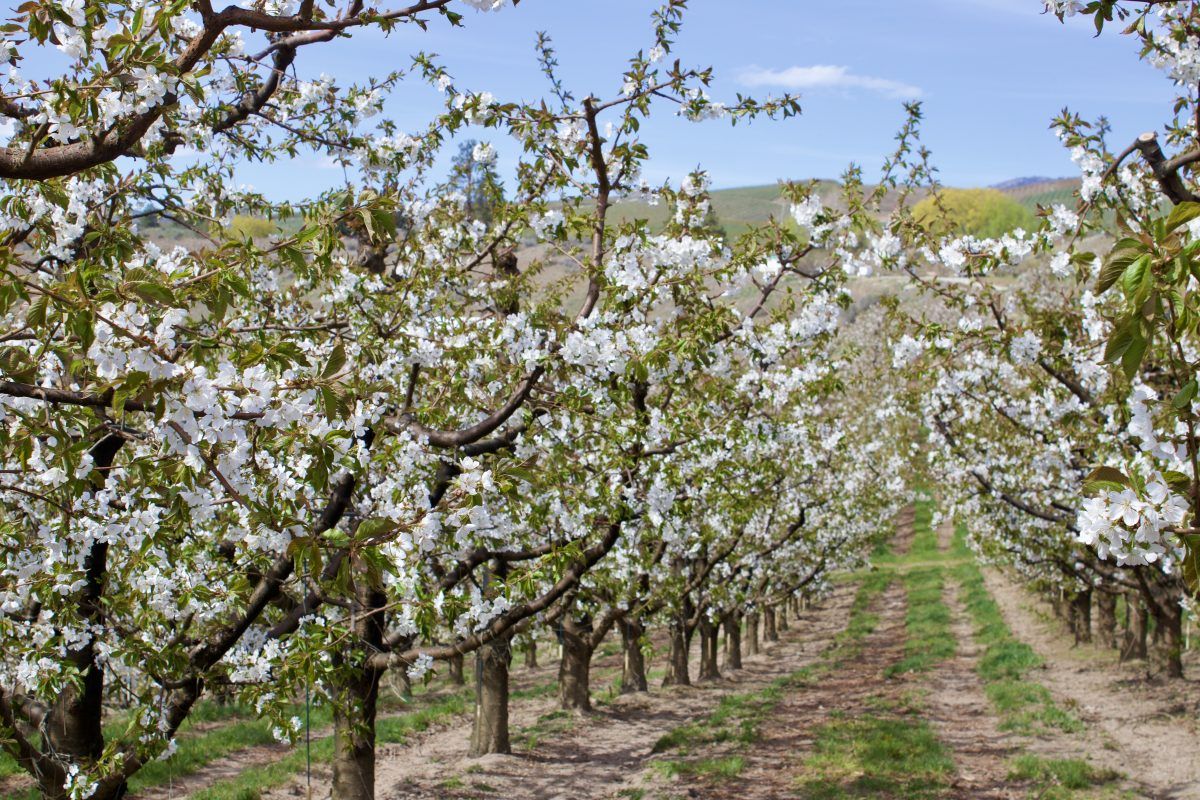
I forget all my worries walking through this orchard while it’s in full bloom. The light floral scent of cherry blossoms, the soft the hum of the bees, and the warm sunshine are intoxicating. For a minute, I let myself just enjoy this fabulous place in time, then I begin to look more closely at the bloom and the rest of the story.
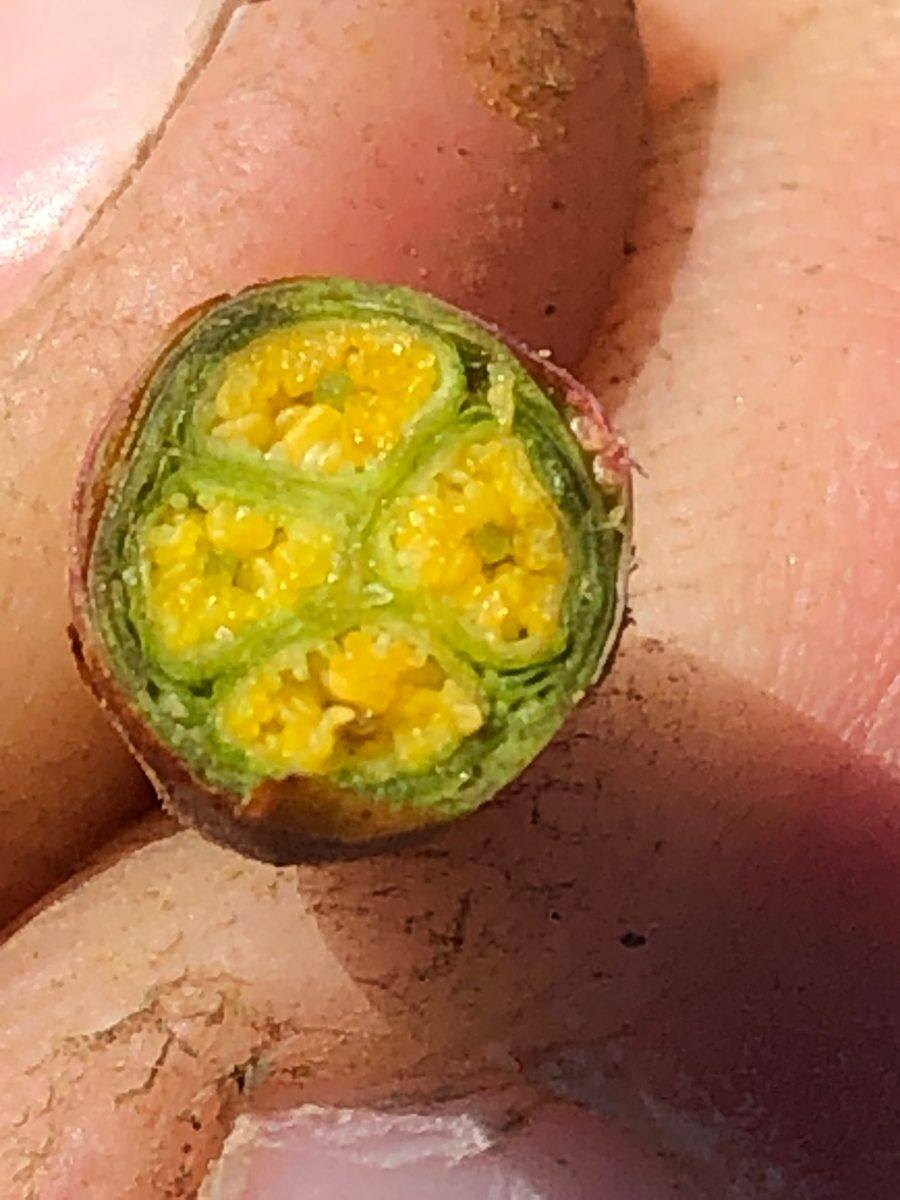
Earlier in the spring, around the weekend of April 4th and 5th, the night time temperatures got pretty chilly. The following Monday, our Hort Specialist Phil went to look at some buds to see if we had damage. Our team uses WSU’s Bud Stage Chart to anticipate potential damage. This cross-section of a bud on April 6th shows four flowers that will produce four good cherries.

This fruit bud has damage. Two of the four flowers that have brown centers will not develop into cherries. Phil estimates we’ll have 30 – 45% damage.

Which of these two blossoms will become a cherry? Look into the cross-sections of these flowers. Notice the brown pistil on the left and the green healthy pistil on the right. If you guessed the flower on the right, then you’re correct!

Now we’re looking at the fruit to determine what is going to stay on the tree and what is going to drop off. Do you have a guess? If you said the flower on the left will drop off, you are correct again! Let’s remove the petals for a better look.
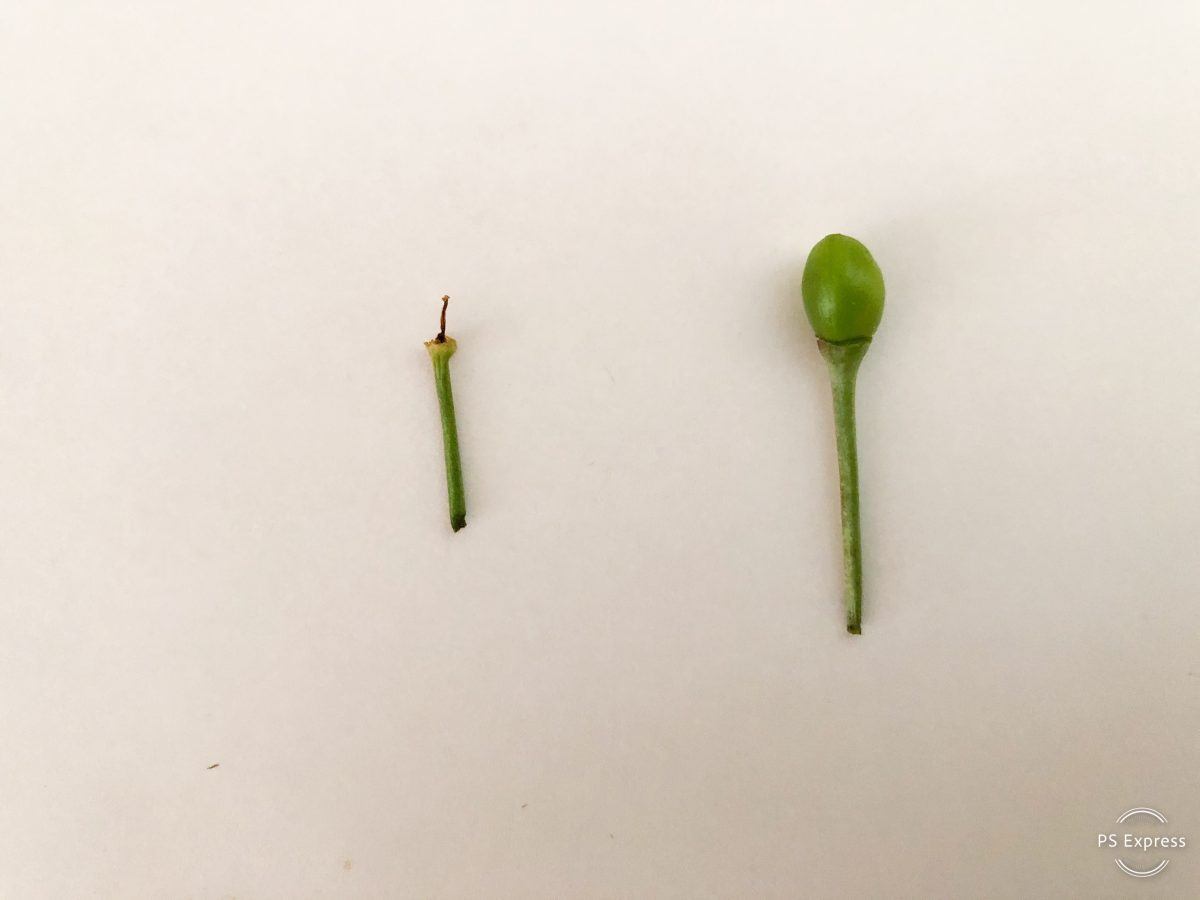
Indeed, it’s much easier to see the difference without the petals. The cherry stem on the left will drop off the tree soon, and the green cherry on the right will continue to grow into a dark sweet cherry. It kind of looks like the left one is giving us the finger. What do you think?
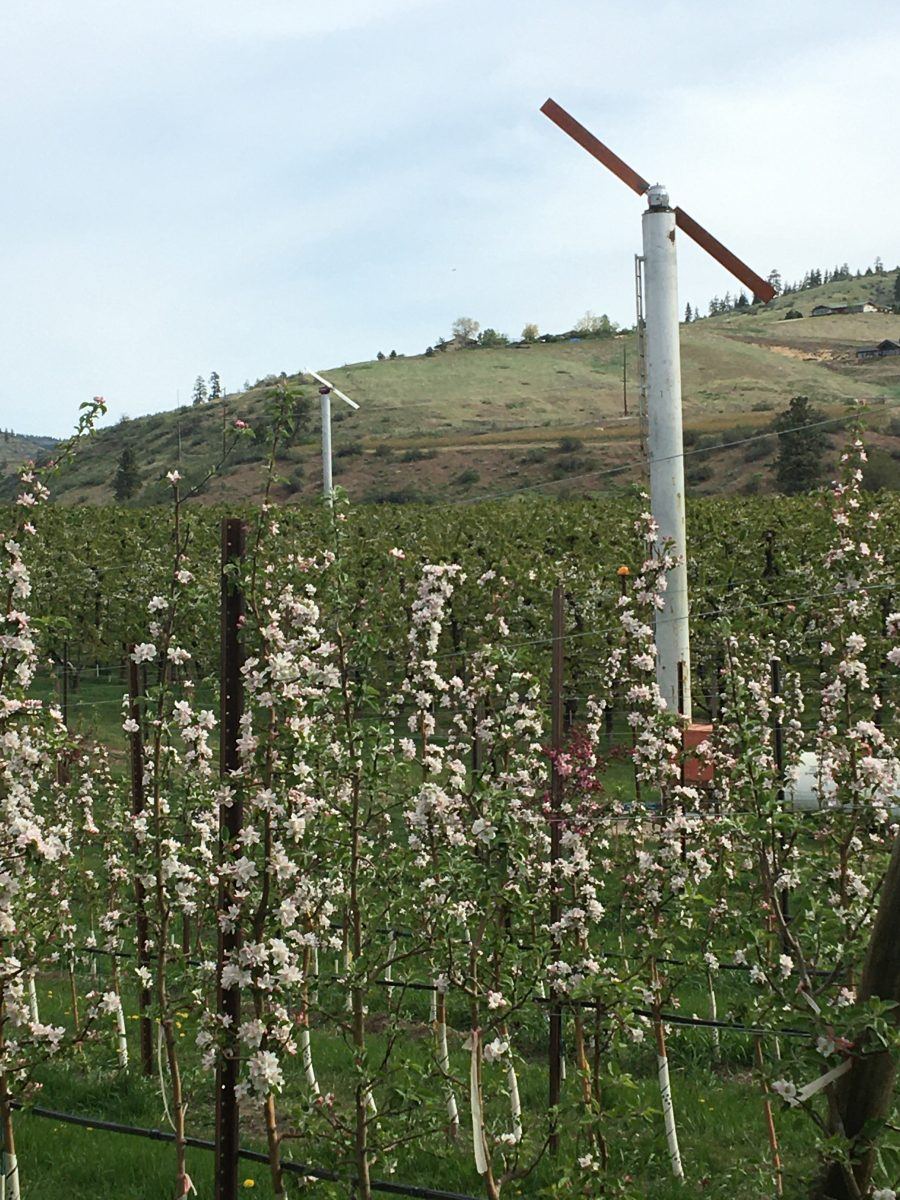
We use wind machines to circulate air and raise the temperature of cold pockets in our orchards. If there is no warmer air above, an inversion, or it is just too cold, the wind machines may not be adequate. We had the wind machines running at least three times this spring during the critical bud stages.

We had a lot more bloom this spring than usual. We hope that will allow for some loss but still a fair crop. As the flower petals fall and the cherries emerge, we’ll learn more! As people come out of quarantine and wait for Corona testing and a vaccine, there will be more to that story as well. In the meantime, we can look forward to delicious fresh fruit this summer to strengthen our immune systems!